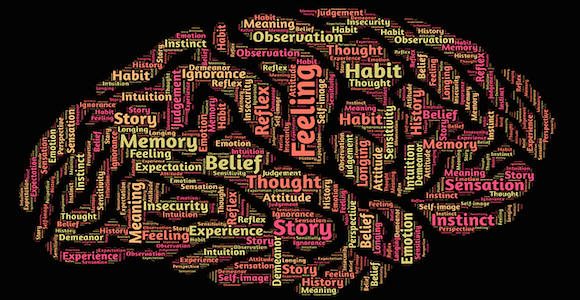
Excerpted from the Book “Dramatica Unplugged“
By Melanie Anne Phillips, Co-creator of Dramatica
What happens if you mess up and just alter part of a structure without considering the structure-wide impact that change may have? Here’s an example….
Consider the Bill Murray film, “Scrooged:” (a remake of Dickens’ “A Christmas Carol”) as opposed to “Scrooge” (the 1951 version of the story starring Alistair Simm).
In the Simm version, Scrooge goes about business in the usual English fashion, but lacks generosity. That is illustrated by his refusal to donate to charity, his lack of consideration for Bob Cratchett’s family’s plight, and statements about the poor such as, “If they would rather die, then they should do so and decrease the surplus population.”
Though some of this continues to exist in the Murray vehicle, the writers clearly wanted to me his character even more of a villain. So, they spent far more time focusing on how mean Murray’s character is, rather than staying centered on his lack of generosity.
In the Simm movie, Scrooge, the ghost bombard him with visions of those he hurt because he might have helped yet did not. Even in the first act, Marley’s ghost laments that he and his ilk are doomed to wander the earth, witnessing those who need help but being unable to intercede.
In the Murray picture, the ghosts make more or less the same argument – there are those who are suffering because you will not help. Yet, that isn’t his problem in this version. His problem is that he is mean-spirited.
In the Simm story (as in Dickens’ original), the Ghost of Christmas Present confronts him with two waifs named Ignorance (lack of education) and Want (lack of what is needed). This drives how the point that it is a lack of action from which Scrooge suffers.
The same arguments are made to Bill Murray’s character. But when he finally changes, it seems a bit hollow. It feels somewhat unmotivated and trite.
Don’t get me wrong, I love the film. But wouldn’t it have been far more satisfying at an emotional level if the argument had matched the problem that needed to be resolved.
If the writers of “Scrooged” had wanted to update the story by making the lead character more proactively villainous, then they should have changed the arguments made by the ghosts as well. Instead of showing Ignorance and Want, they might have shown Defeat and Suffering. These would be the children of the Murray-Scrooge character’s actions – victims of his mean-spiritedness, and a truth with which he could not quibble.
As you can see, structure and storytelling are intimately acquainted, yet are two different creatures. Storytelling can be altered at (as George W. Bush said) “The whim of a hat.” But structure cannot be made mincemeat, willy nilly. No sir! Structure must remain balanced, in symmetry, and if one aspect is changed, then care must be given to ensure that all other affected parts of the structure (directly or indirectly) must be appropriately adjusted as well.
Also from Melanie Anne Phillips…

